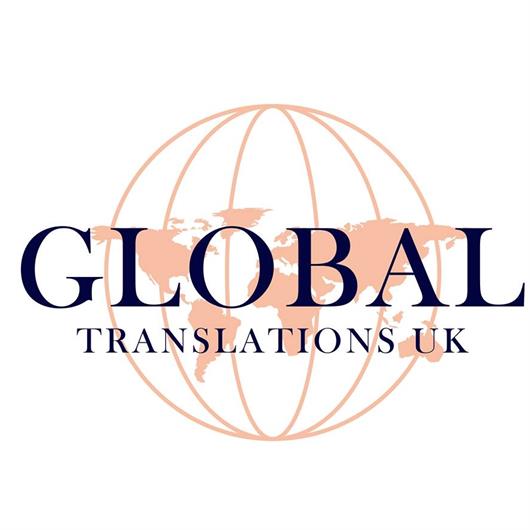 Add My Company
Add My Company

People often have the misconception that translators work surrounded by dusty books, frantically searching through dictionaries to find the perfect word. While this may have been true in the past, it no longer accurately reflects the modern translation industry. With the advent of the internet and advanced translation software, the process of translation has become increasingly streamlined and efficient. Today, translators have access to a vast array of online resources, such as translation memory tools and terminology databases. These resources allow them to work faster and more accurately, particularly when it comes to complex matters, such as technical document translations and technology translations.
What are the benefits of technology in technical translations?
The use of modern technology in translation has numerous benefits. One of the primary advantages is increased efficiency. Technology can automate many of the manual tasks involved in translation, such as formatting and proofreading. This can result in faster turnaround times, allowing projects to be completed more quickly.
When translators work faster, it means they increase their capacity to handle larger volumes of work in a shorter amount of time. This can be particularly useful for businesses that require translations on a regular basis or for large-scale projects.
Improved accuracy is another advantage of technology in translating. Technology can help ensure that terminology and phrases are used consistently throughout a document or project. Consistency is particularly important in technical document translations because technical documents often contain specialised terminology and jargon that must be used consistently throughout the document.
What else? Cost savings, of course. By automating many of the manual tasks involved in the process, translators can work more efficiently, reducing the amount of time required to complete a project. This can result in lower costs for clients and translation agencies, while still maintaining high levels of quality.
Most popular translation technologies: an overview
CAT, TM, MT, and TMS are far from being ordinary acronyms. They are the technologies that rule the translation world and are the go-to tools for every language service provider.
Computer-assisted translation (CAT) tools are specialised software that help translators improve the quality and speed of their work. They are especially useful in technical translations, as technical terminology can be difficult to translate accurately.
These tools store translations in a dedicated database called a Translation Memory (TM) and then automatically suggest previously translated equivalents for technical terms, ensuring consistent translation of terminology across the entire text.
Additionally, CAT tools often incorporate Term Bases or Glossaries to search for specific terminology. They also break down texts into smaller segments, making it easier for the translator to translate each section.
In technical translations, CAT tools are often used alongside Machine Translation (MT). MT quickly generates a rough draft translation of technical documents, which can then be edited and refined by a human translator.
In the past years, Neural Machine Translation (NMT) has greatly improved MT systems. With deep learning techniques, NMT models produce fluent translations that closely resemble human-generated ones. They handle grammar, syntax, idiomatic expressions, and even ambiguous terms by considering the context.
A Translation Management system (TMS) is another game-changing resource that streamlines technical document translations by automating repetitive or manual tasks, making it easier for users to plan, assign, and manage translation projects. It provides a platform for managing all aspects of a translation project from start to finish, including glossary and terminology management to quality assurance. TMS solutions offer features such as multiple language and file format support, real-time collaboration, and CAT-tool functionalities, including machine translation capabilities.
Conclusions
Gone are the days when translators solely relied on heavy books. While the human mind and dictionaries remain at the core of translating, we can enhance their capabilities by integrating the potential of CAT tools, machine translation, and translation management systems. This winning combination enables language professionals to provide high-quality technical translation services, ensuring accuracy and efficiency.
Are you looking for a reliable language service provider to translate your technical documents? Get in touch with us and witness the next level of top-notch technical translations.
For more information on The Role of Technology in Technical Translations talk to Global Translations UK
